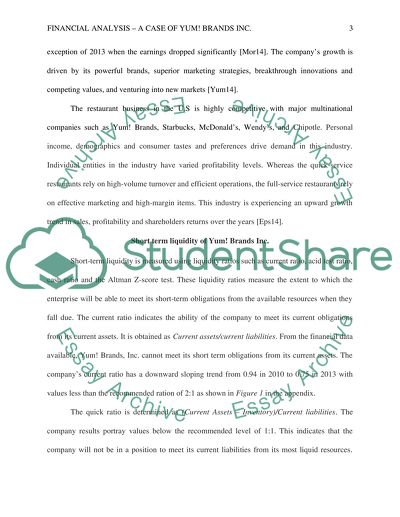Cite this document
(“Financial Statement Analysis Research Paper Example | Topics and Well Written Essays - 1500 words”, n.d.)
Retrieved from https://studentshare.org/finance-accounting/1671540-financial-statement-analysis
Retrieved from https://studentshare.org/finance-accounting/1671540-financial-statement-analysis
(Financial Statement Analysis Research Paper Example | Topics and Well Written Essays - 1500 Words)
https://studentshare.org/finance-accounting/1671540-financial-statement-analysis.
https://studentshare.org/finance-accounting/1671540-financial-statement-analysis.
“Financial Statement Analysis Research Paper Example | Topics and Well Written Essays - 1500 Words”, n.d. https://studentshare.org/finance-accounting/1671540-financial-statement-analysis.


